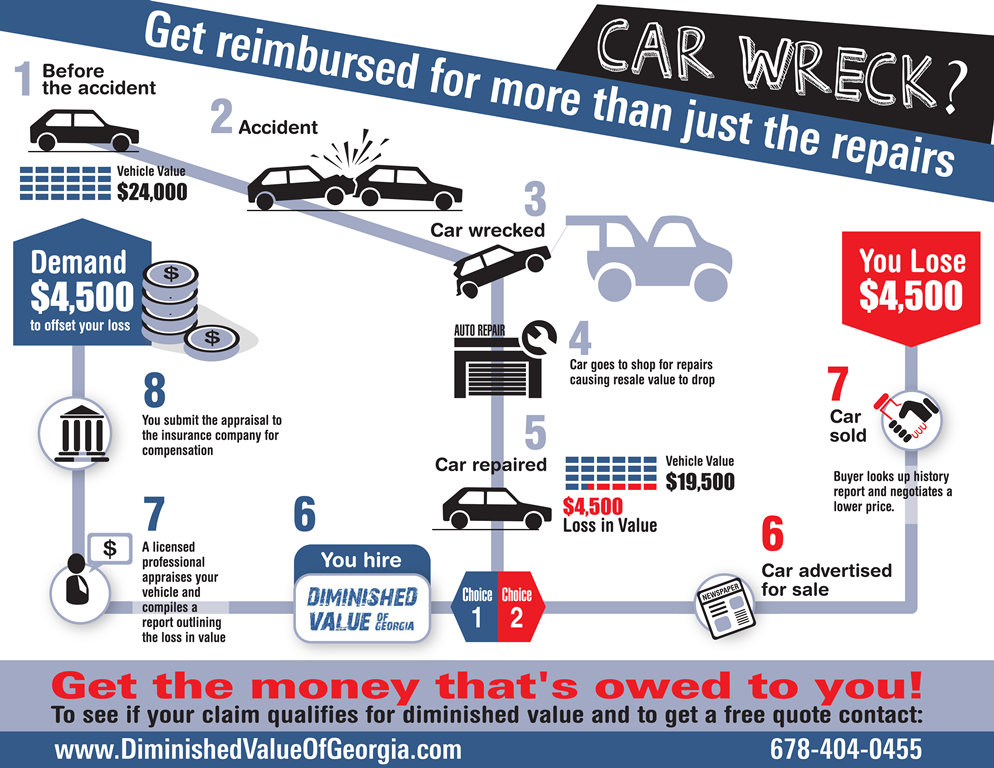Realizing The Significance Of Your Automobile'S Warning Signals: What They Really Stand For
Realizing The Significance Of Your Automobile'S Warning Signals: What They Really Stand For
Blog Article
Produced By-Hartley Dalgaard
When you're behind the wheel, those glowing caution lights on your control panel can be a bit puzzling. Do you know what they're attempting to inform you regarding your auto's health and wellness? Recognizing the significance of these lights is essential for your safety and security and the durability of your car. So, the following time one of those lights pops up, would not you intend to decipher its message precisely and take the required steps to resolve it?
Common Warning Lighting and Interpretations
Recognize common warning lights in your vehicle and comprehend their meanings to make sure safe driving.
The most common caution lights consist of the check engine light, which indicates concerns with the engine or exhausts system. If this light begins, it's crucial to have your vehicle examined promptly.
The oil stress advising light suggests reduced oil pressure, needing immediate focus to stop engine damage.
A flashing battery light could suggest a faulty charging system, potentially leaving you stranded if not attended to.
The tire pressure surveillance system (TPMS) light signals you to low tire stress, affecting automobile security and fuel effectiveness. Disregarding this can result in risky driving conditions.
The abdominal light shows an issue with the anti-lock braking system, endangering your capacity to stop rapidly in emergencies.
Last but not least, the coolant temperature level warning light warns of engine overheating, which can result in severe damages otherwise dealt with quickly.
Understanding these usual warning lights will certainly aid you address concerns without delay and preserve safe driving problems.
Importance of Prompt Focus
Recognizing the common caution lights in your car is only the primary step; the value of immediately attending to these warnings can not be stressed sufficient to guarantee your safety on the road.
When a caution light brightens on your dashboard, it's your cars and truck's method of interacting a possible problem that requires focus. Overlooking these warnings can bring about extra extreme issues down the road, compromising your security and possibly costing you extra out of commission.
https://vehicle-suspension-testin95162.bloginder.com/30877117/are-you-looking-for-to-discover-top-notch-car-repair-facilities-nearby to alerting lights can avoid breakdowns and accidents. For instance, a flashing check engine light might show a misfire that, if left ignored, might create damage to the catalytic converter. Resolving this quickly can save you from a pricey repair work.
Similarly, marine detail warning light could signal reduced brake liquid or worn brake pads, vital elements for your safety and security when driving.
DIY Troubleshooting Tips
If you see a caution light on your dashboard, there are a few DIY troubleshooting pointers you can try before seeking expert help.
The very first step is to consult your cars and truck's guidebook to comprehend what the certain warning light indicates. In some cases the issue can be as easy as a loose gas cap triggering the check engine light. Tightening the gas cap may deal with the trouble.
An additional common issue is a reduced battery, which can activate numerous warning lights. Checking the battery connections for rust and ensuring they're protected may take care of the problem.
If a warning light continues, you can try resetting it by separating the auto's battery for a few minutes and then reconnecting it. In addition, inspecting your automobile's fluid levels, such as oil, coolant, and brake fluid, can assist troubleshoot warning lights associated with these systems.
Verdict
To conclude, understanding your cars and truck's caution lights is crucial for maintaining your vehicle running smoothly and securely. By quickly addressing these alerts and understanding what they indicate, you can prevent pricey repair services and potential failures.
Bear in mind to consult your auto's manual for specific details on each alerting light and do something about it accordingly to make sure a hassle-free driving experience.
Keep educated, remain risk-free on the road!
